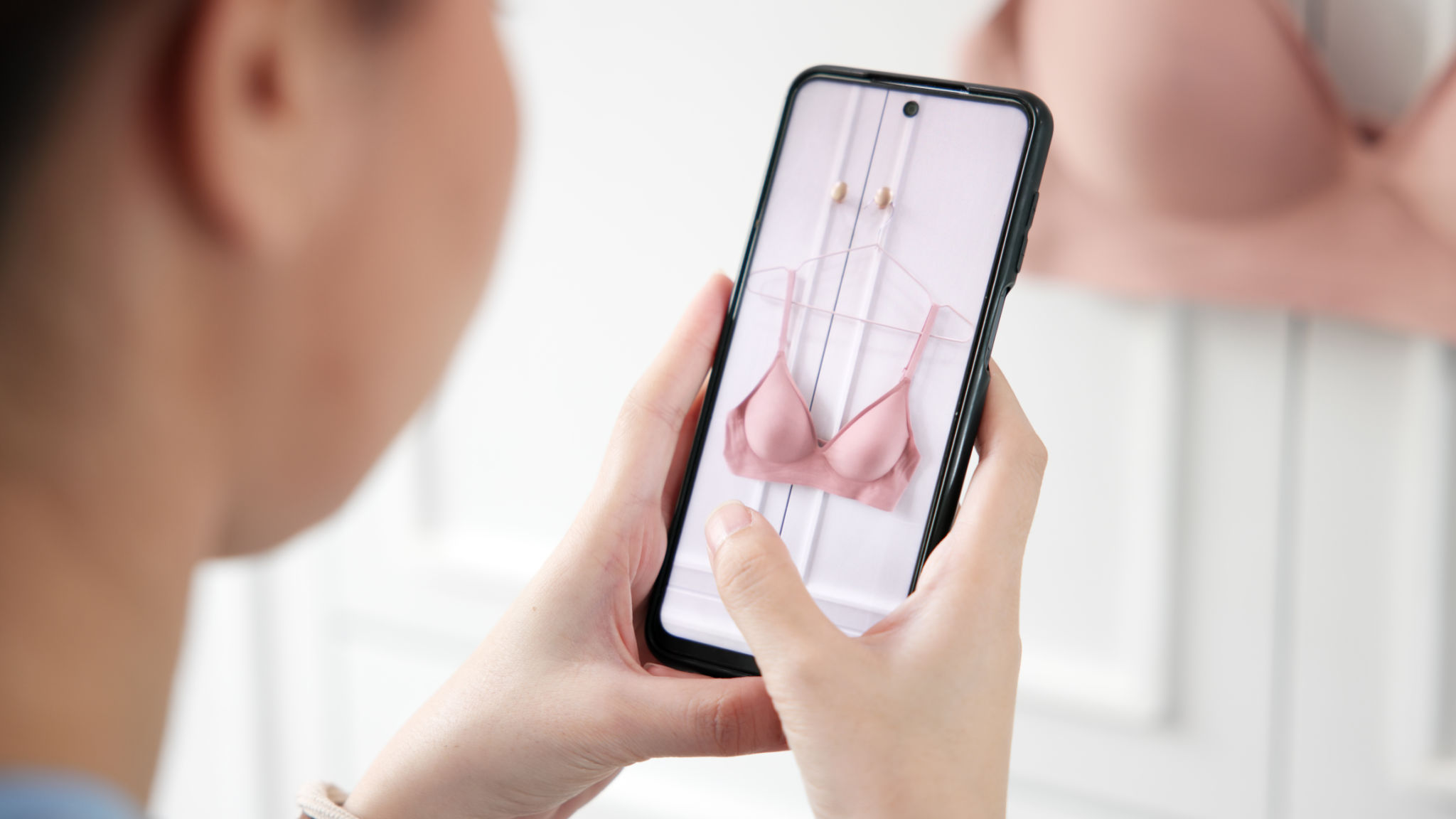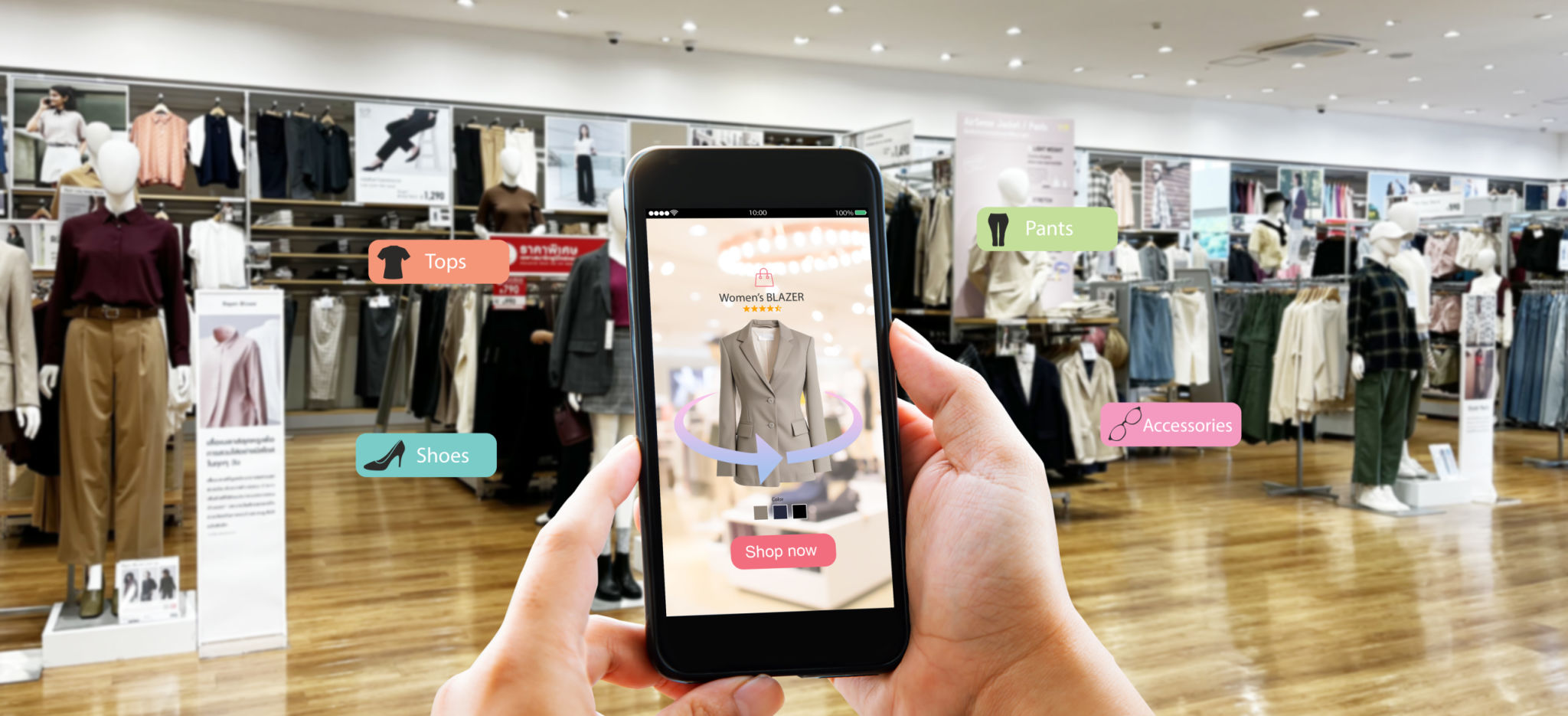FAQs About Virtual Try-On Solutions: What Brands Need to Know
Understanding Virtual Try-On Solutions
As technology continues to evolve, brands are constantly seeking innovative ways to enhance customer experiences. One such advancement is the use of virtual try-on solutions, which allow customers to virtually try products before making a purchase. This technology is particularly popular in industries such as fashion, beauty, and eyewear. But what exactly should brands know about implementing virtual try-on solutions?

How Do Virtual Try-On Solutions Work?
Virtual try-on solutions use augmented reality (AR) or artificial intelligence (AI) to overlay digital images of products onto real-time video feeds of customers. By using a device’s camera, these solutions create a realistic representation of how a product will look on the customer. This is achieved through sophisticated algorithms that map the user's facial features or body dimensions, ensuring an accurate fit and appearance.
Benefits for Brands
Integrating virtual try-on solutions can significantly benefit brands in various ways. Firstly, it enhances the shopping experience by allowing customers to interact with products in a digital environment. This not only boosts engagement but also increases the likelihood of purchase as customers gain more confidence in their choices. Additionally, virtual try-ons can reduce return rates, as customers are better able to assess product fit and style before buying.

Common FAQs About Virtual Try-On Solutions
1. Are Virtual Try-On Solutions Expensive to Implement?
The cost of implementing virtual try-on solutions can vary widely depending on the complexity and features desired. However, many service providers offer scalable solutions that can be tailored to fit different budget levels. Brands should consider the potential return on investment when evaluating costs, as these solutions often lead to increased sales and reduced returns.
2. What Devices Support Virtual Try-On Technology?
Most virtual try-on solutions are compatible with smartphones, tablets, and computers equipped with cameras. The widespread availability of these devices means that a large segment of consumers can access virtual try-on features with ease. Brands should ensure that their solutions are optimized for a variety of devices to reach the widest audience possible.

3. How Can Brands Ensure Privacy and Security?
Privacy is a significant concern for consumers using technology that involves cameras and personal data. Brands should be transparent about how data is collected and used, and they should implement robust security measures to protect consumer information. By prioritizing privacy and security, brands can build trust with their customers and encourage more widespread adoption of virtual try-on features.
Implementing Virtual Try-On Solutions Successfully
Choosing the Right Provider
Selecting the right virtual try-on solution provider is crucial for success. Brands should look for providers with a strong track record, reliable technology, and excellent customer support. It’s also beneficial to choose a provider that offers ongoing updates and improvements to their technology, ensuring that the brand remains at the forefront of innovation.
Testing and Optimization
Before fully launching a virtual try-on solution, it's important for brands to conduct thorough testing to ensure a seamless user experience. Gathering feedback from initial users can help identify any areas for improvement. Optimizing the solution based on this feedback can lead to higher customer satisfaction and increased sales.
In conclusion, virtual try-on solutions offer exciting opportunities for brands to enhance their customer experience and boost sales. By understanding the technology, addressing common concerns, and implementing it effectively, brands can stay ahead in the competitive digital marketplace.
